URTeC 2025: Day one discussions center on using technology to overcome market conditions
URTeC 2025’s first day kicked off at Houston’s George R. Brown Convention Center with a panel on some of the major challenges and opportunities facing unconventional energy resources. In what became a clear theme for the conference, the panelists discussed the possibility for unconventional resources to shine amidst a fluctuating market for oil, as well as new ways to apply technology to development of tight oil and gas from unconventional resources.
Power is the new shale boom. As Pickering Energy Partners Founder and CEO Dan Pickering noted during his opening in the plenary session, softening oil prices and increased oil supply from OPEC have created a window for other energy sources—from widespread natural gas to emerging geothermal—to see serious consideration, His predictions suggest that while oil prices will eventually recover, they are slated for a low point in the $50/bbl range. Shale, with its much more “price-sensitive barrels,” is likely to decline in terms of production, but it is not without a successor. “Power is the new shale boom,” Pickering predicted, and the demand is driven in no small part by the discussions surrounding data centers and their potential impending construction across the United States. “The good news,” he was quick to emphasize, “is we can’t accelerate as quickly as the market would like on the energy side,” leading to what he calls an ongoing, “slow-moving boom.”
Reducing costs and expanding technology. Within a less friendly market, discussions for URTeC’s first day centered around two challenges: continuing to reduce costs and other pain points for shale oil and gas, and expanding the ways technology and learnings from shale can be applied to other sectors. The former was summed up neatly when Pickering said, “[U.S. shale] is a huge resource; we’ve recovered a fairly small amount of it.” Representatives from Hess’s Bakken assets echoed this point in another day-one panel, highlighting additional fracturing methods, restimulation of older wells using new techniques and adoption of extended laterals. In that panel—titled “Value Stream Management in the Bakken”—Hess representatives noted that leveraging new techniques is critical in the shift from more-favorable to less-favorable acreage within the company’s Bakken assets.
Geothermal and other sources. Some of these new techniques, as highlighted in yet another day-one panel, are not restricted to oil and gas applications. Dr. Jyotsna Sharma, a program director at the Advanced Research Projects Agency-Energy (ARPA-E), highlighted an overlap in tight oil and gas and geothermal power, among other applications. With power demand not looking to slow down anytime soon—particularly once data center construction ramps up—geothermal has been the subject of serious discussion, as non-energy sector companies like Amazon have made moves to collaborate on stimulation projects to that end. Beyond geothermal, tight oil and gas technologies also overlap with in-situ mining techniques, which according to Sharma, compose 95% of U.S. domestic uranium production. Considering that a large majority of uranium is imported, the application of well-developed tight oil and gas techniques and technology hold the opportunity to go beyond oil and gas, to forward nuclear power sources as well.


